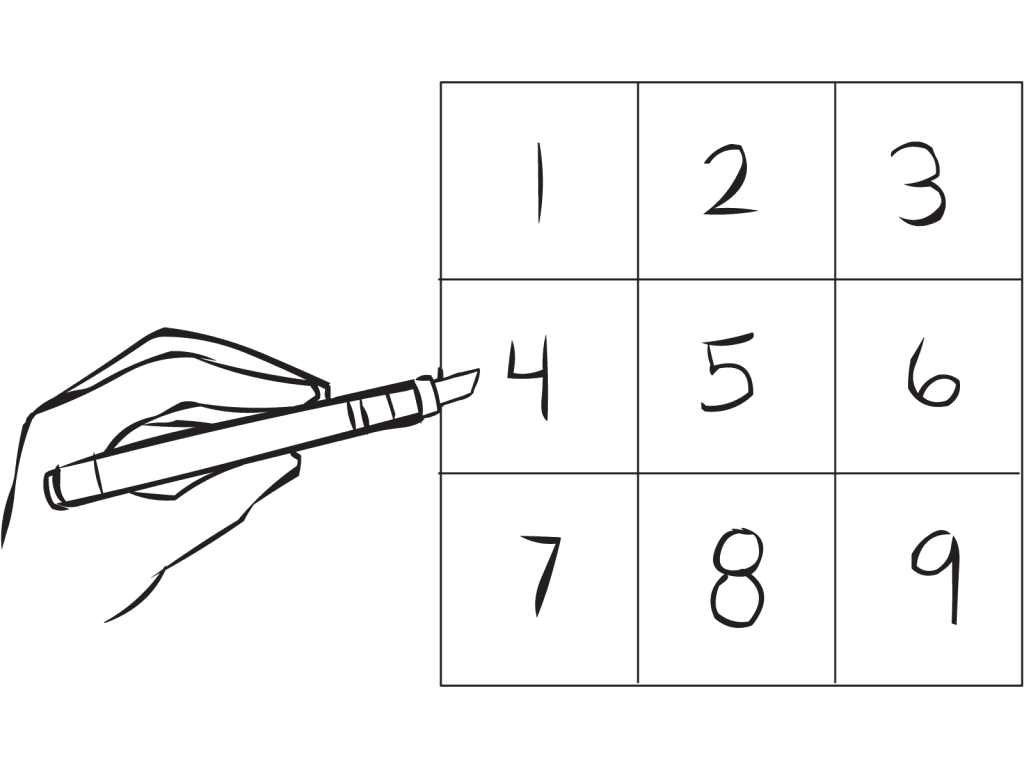Save to Playlist
Step-by-Step Instructions
Resources Premium
Video Tutorial Premium
How To Play Narrative Premium
Practical Leadership Tips Premium
Social-Emotional Learning Premium
Health & Wellness Programming Premium
Popular Variations Premium
Virtual Adaptation Premium
You Might Also Like... Premium
Useful Framing Ideas Premium
Reflection Tips & Strategies Premium
Source Premium

No Props No Problem
Brand NEW book featuring 150+ outrageously fun group games & activities. Scan QR codes to connect to tons of digital content including video tutorials.
Add to Cart
NEW – No Props No Problem
The best-selling book featuring 150+ outrageously fun group games & activities. Scan QR codes to access exclusive digital content including video tutorials.

Free Ice-Breakers & Group Games
Ten of the best no-prop, interactive ‘get-to-know-you’ games & activities. 100% fun, your group will love ’em. Our most successful giveaway, 10,000+ downloads so far…
Top Ten Icebreakers & Group Games
Download our free 28-page ebook jam-packed with outrageously fun activity ideas.
Just one more question:
I am interested in…
Choose a plan that’s right for you
We offer a range of membership plans with no surprises.
Click an option below & discover our simple pricing.

Individual
Click here if you’re a:
- Teacher
- Corporate trainer
- Outdoor educator
- Camp leader
- Youth leader
- Conference organiser
- Therapist/counsellor
Membership Plans

Enterprise
Click here if you represent a:
- School
- Corporation
- Community-based Organisation
Explore plans for
10, 50, 200 or more
potential users
Membership Plans






Another fun puzzle that is fun to play.
A variation on this activity that I love is using 9 blank pieces of paper lined up in the same grid pattern, so no numbers for this one and having a partner who magically in tune with you, like in Black Magic.
Between the two of you, you entertain the group as they try to get in tune with you and your partner to discover the code.
So your partner is outside of the room,
For the first few rounds you select which page will be the one that your partner will eventually guess the selected one.
Your partner returns into the room, you point at at the first page whichever that may be but also give them the clue (pointing to the area on the grid to the selected page)
Your partner will reply Yes or No as per the Magic Nine number. This keeps going until you point to the selected page and your partner agrees that it is the correct page and everyone is amazed
Do so a few times and play the magic element up 🙂
At some point you may be accused of some sort of trickery etc, and you might send someone from the crowd to check that your partner isn’t doing anything untoward.
You can involve the group even more by getting them to choose which page should be chosen and on which turn it will be revealed. For example the crowd will choose the reveal will happen on the 4th turn and to the bottom right corner sheet.. your task is to make sure you indicate that to your partner on the first go and you select the correct page on the 4th turn.
Great act for talent nights as well 🙂